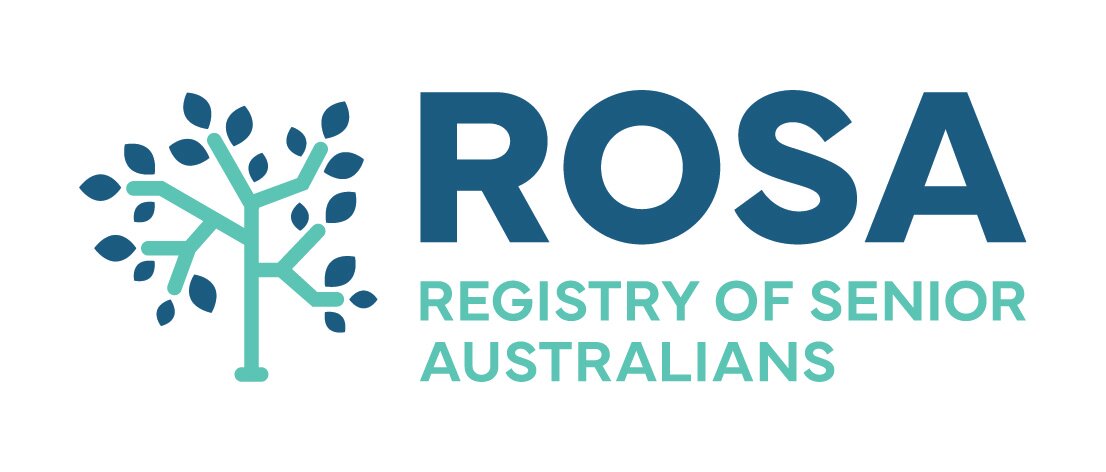Just over one in five older South Australians had an unplanned hospitalisation or visit to the emergency department within the first three months after their aged care assessment, a University of South Australia study has found.
Important predictors were identified at the time of the assessment meaning this is an actionable period for targeting at-risk individuals to reduce hospitalisations, the study found.
The study, which looked at 22,130 South Australians who had an ACAT assessment between 1 January 2013 and 31 May 2016, examined individual, medication, system and healthcare related predictors of hospitalisation and emergency department presentations within 90 days of their assessment.
It found that 5,028 individuals had an emergency department presentation (23 per cent) and 4,906 individuals were hospitalised (22 per cent) within three months of their assessment.
Lead researcher Professor Maria Inacio said the findings highlighted that the ACAT assessment was an important time to target reducing future hospitalisations and ED presentations.
“The ACAT is a point that we can use as a potential intervention because we know that at that point it’s very likely that these individuals are going to be returning for hospitalisation in the very short term,” Professor Inacio told Australian Ageing Agenda.
The study also identified 25 predictors that point to those who most at risk of being hospitalised.
An individual’s history of hospitalisation is the strongest predictor of rehospitalisation, said Professor Inacio, director of the Registry of Senior Australians at the South Australian Health and Medical Research Institute and adjunct research professor at UniSA.
An individual’s level of frailty at the time of their ACAT, their medication use and the frequency of after-houses services are other key predictors, she said.
“Individuals that are using a lot of urgent after hours care and are repeatedly seeing their general practitioner, especially at urgent after hour attendances, usually means that potentially their health is declining,” Professor Inacio said.
Other predictors include being male, a user of sulphonamides or trimethoprim antibiotics and unplanned hospitalisations within 30 days or an emergency department visit within one year of assessment.
Optimised medication management is an intervention that could potentially be implemented through existing programs such as home medicine reviews, Professor Inacio said.
“Frailty could be addressable. Given the appropriate strategies to manage frailty like consultation with a geriatric specialist and appropriate allied health professionals, that could be managed and changed,” Professor Inacio said.
She said the findings were not surprising because international studies have identified hospitalisation risk factors of hospitalisations.
“But they are things that are unique to Australia. The fact that we’ve identified these now is really helpful for us,” she said.
The research, which received funding from the Health Translation SA through the Medical Research Future Fund Rapid Applied Research Translation Program, is published in Journal of the American Geriatrics Society.
The text above is taken from the Australian Ageing Agenda press release dated 22 September 2021. The full press release is available here.
